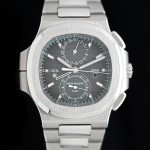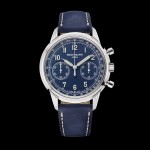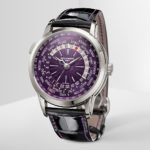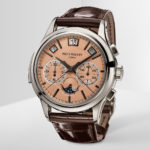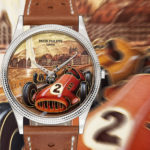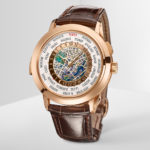Best of 2023: Notable Surprises and Unexpected Developments
Including a thoughtful Rolex dress watch and a Geneva dining destination.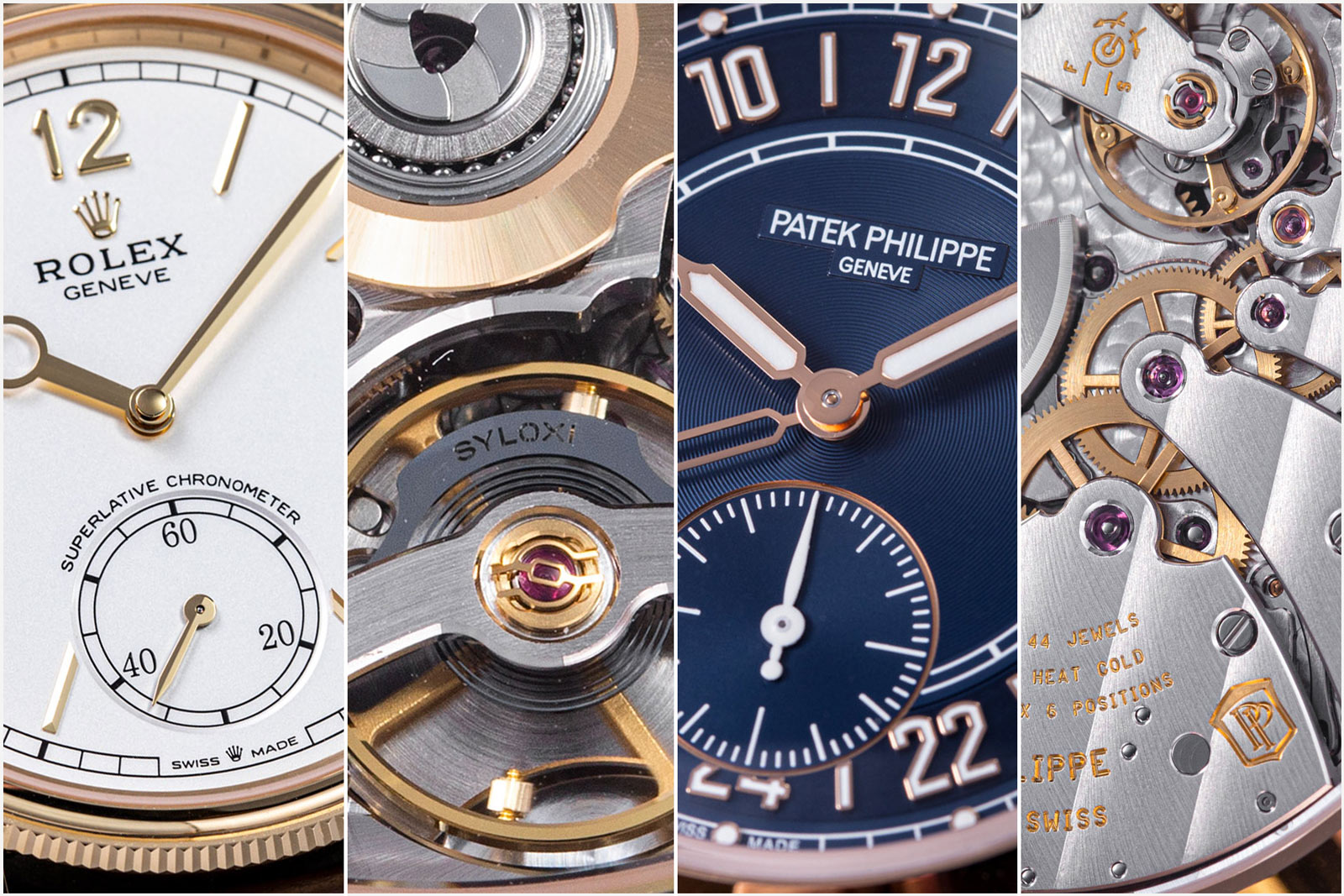
Perhaps the most surprising aspect of the year was how predictable much of it was. We saw more sports watches with integrated bracelets and more time-only watches with ostensibly artisanal decoration. Paradoxically, most of the notable surprises came from establishment marques that would ordinarily be predictable. Amongst them are the Rolex Perpetual 1908 and Patek Philippe Calatrava 24-Hour Travel Time ref. 5224R, both thoughtful creations that are typical for their respective brands.
Here are our picks for the year’s best surprises in watchmaking.
Brandon Moore
Technical Contributor
An unexpected, but user-friendly complicated watch that debuted this year is the Patek Philippe Calatrava 24-Hour Display Travel Time Ref. 5224R, a simple dual time watch with a twist: both time zones are indicated on a 24-hour dial, eliminating the need for an auxiliary day-night indicator.
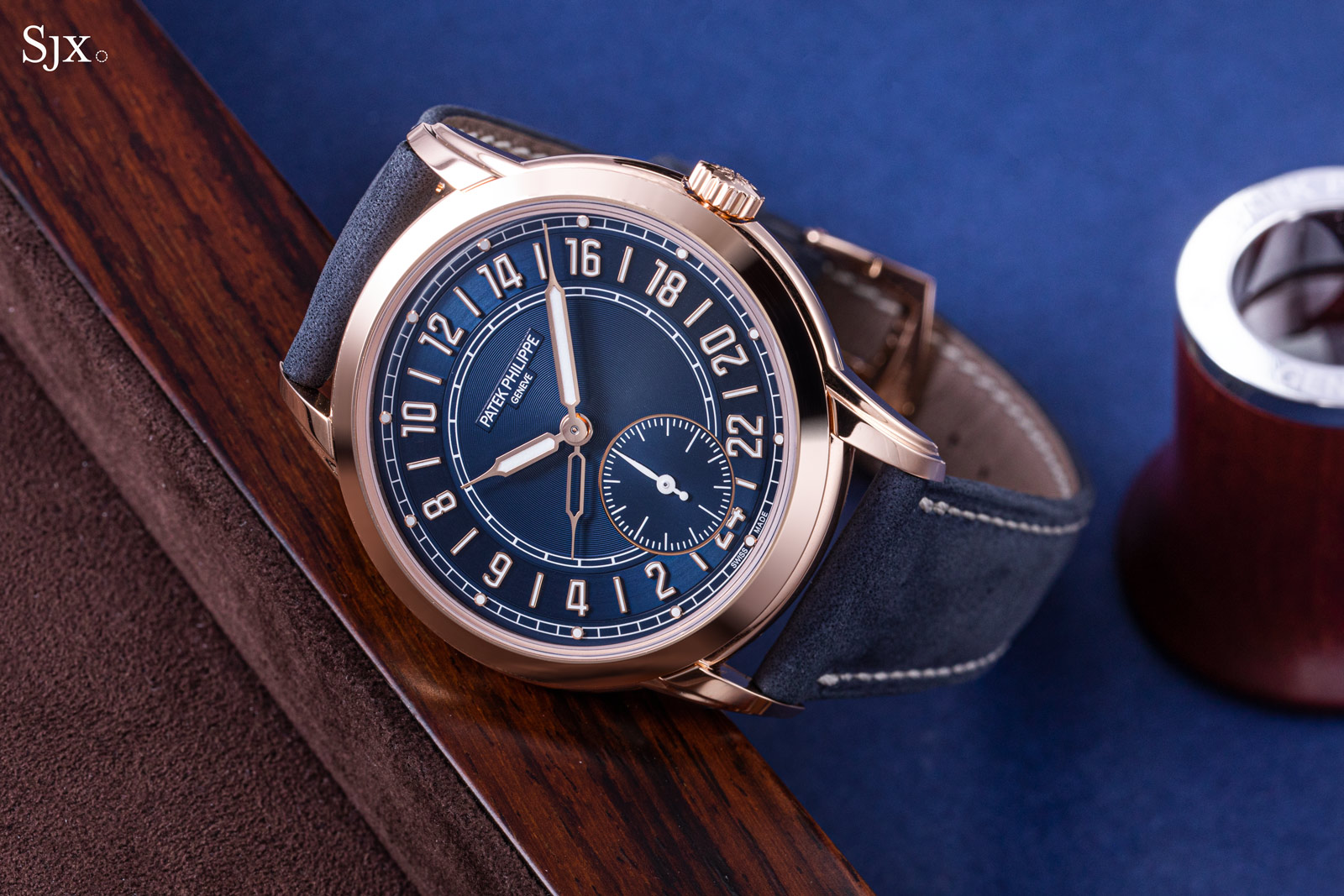
Not only is the functionality appealing, but the aesthetic and ergonomic execution is done well. While 42 mm may seem large for a Calatrava, the watch is visually smaller thanks to its abundant use of applied markers on the dial and stepped case and lugs.
Moreover, and importantly, it is different for Patek Philippe, which is notable since the brand usually errs on the side of the tried and tested. Who would have thought Patek Philippe would remake the Chronometro Gondolo into a wristwatch?
Richard Lee
Technical Editor
I was surprised when I first saw the Aquanaut Luce “Rainbow” Minute Repeater ref. 5260 because it adds a high horology complication and extravagant gem-setting into a watch that was originally an entry-level, no-frills model. In fact, the Aquanaut was originally conceived as the affordable version of the Nautilus. But now in the fully-set version on a bracelet, the Aquanaut “Rainbow” repeater retails for CHF2.5 million.
Launched just a month ago, the ref. 5260 is unquestionably well executed. The gem-setting is definitely top quality, particularly now that it’s in-house, and Patek Philippe’s repeating movements have been highly regarded for a long time. The ref. 5260 is powered by the R 27, the slim, automatic minute repeating calibre found in historical models like the ref. 3979 of the 1989 and current models like the World Time repeater ref. 5531.
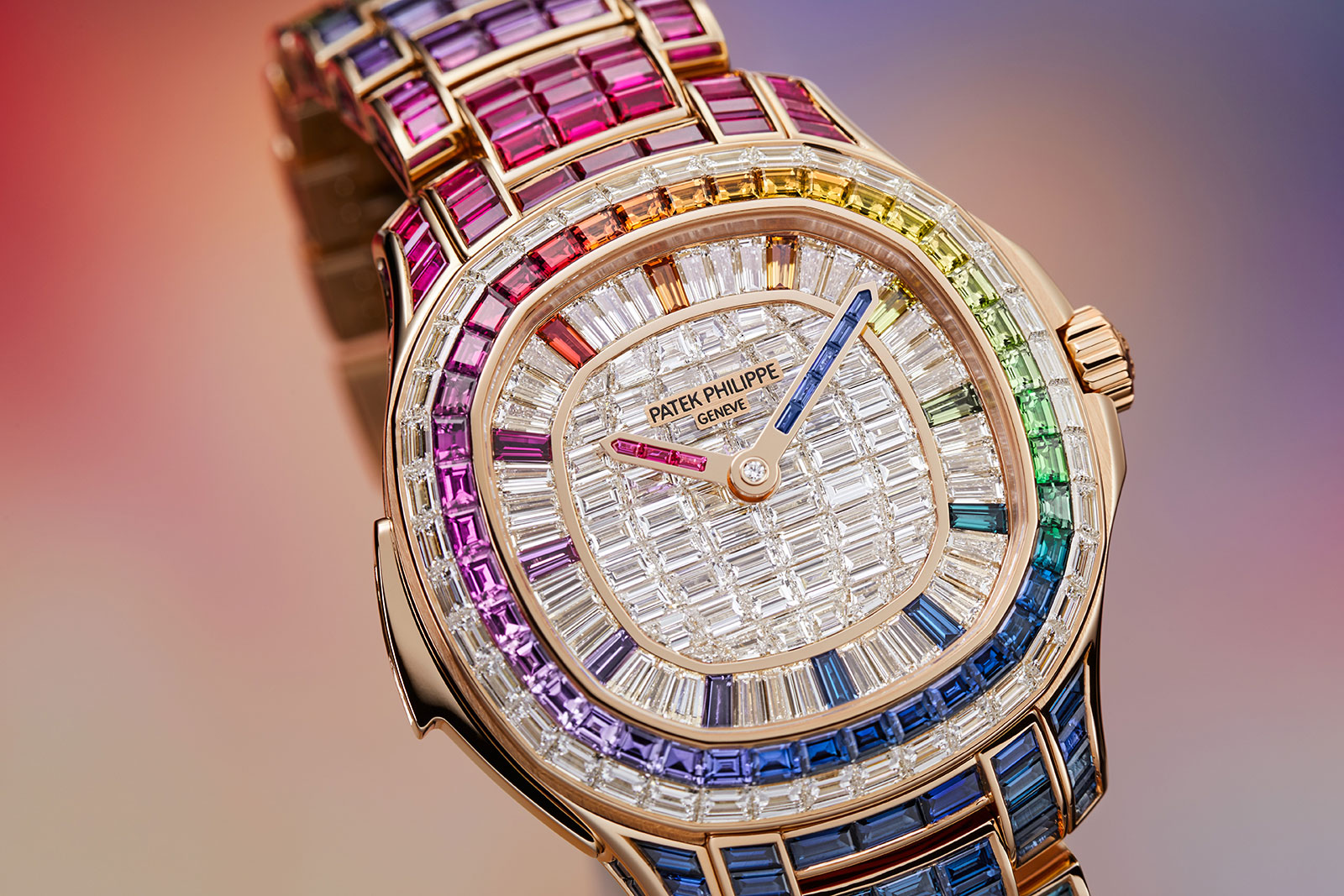
From a strategic perspective, it also makes sense. Watches like this allow Patek Philippe to increase revenue without boosting production – one ref. 5260 is equivalent to about 100 base-model Aquanauts in terms of turnover. And with it the brand can develop the niche of gem-set ladies complications that is probably as lucrative as that of gem-set men’s complications, a segment that has a wider spread in the Patek Philippe catalogue.
SJX
Perhaps the year’s biggest surprise for me was the Perpetual 1908, the first true dress watch from Rolex in a long time. I had heard rumours of a more classical Rolex prior to Watches & Wonders, but expected an Oyster in formal dress, as the somewhat chunky Cellini was before.
But instead the 1908 is just 39 mm in diameter and 9.5 mm high, idea dimensions for a modern-day dress watch, and powered by an all-new movement, the cal. 7140. The movement is appealing decorated – surprisingly for a Rolex – and comparable to other industrial haute horlogerie offerings at the same price point, from Jaeger-LeCoultre or H. Moser & Cie. for instance.
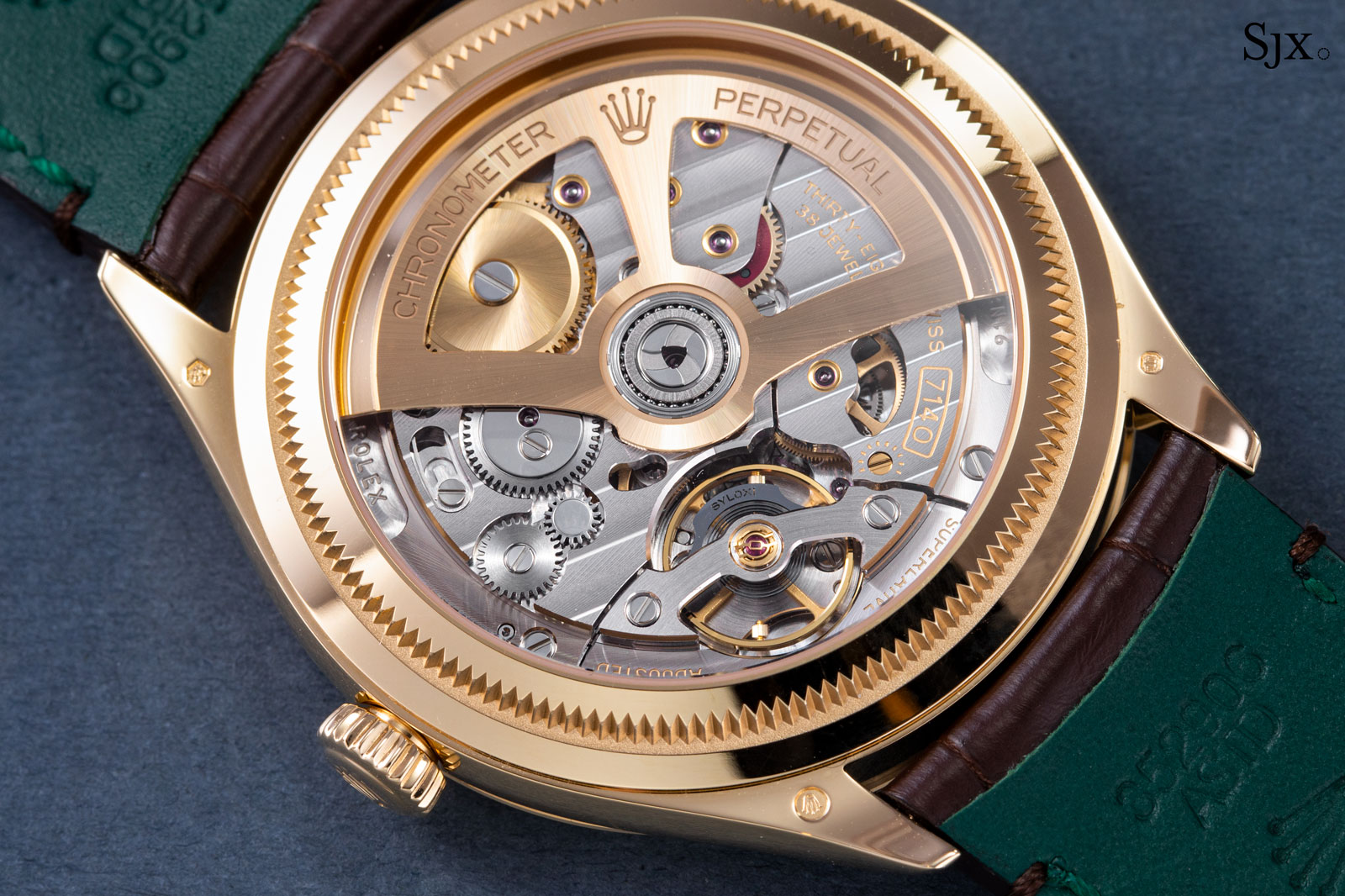
The cal. 7140, a thin, self-winding movement
However, the 1908 has major advantage over its rivals, which is its Oyster case. Although it is thinner than any other Oyster model, the case still has a solid, 50 m water resistance, along with the trademark fluted bezel and screw-down back. The evident robustness of the case is surprising given its relatively compact size.
The only downside of the 1908 is the dial that’s sort of historically inspired but not quite perfect. But given that the 1908 is the opening act in the Perpetual collection, I can foresee more good things to come, albeit at the relaxed pace typical of Rolex.
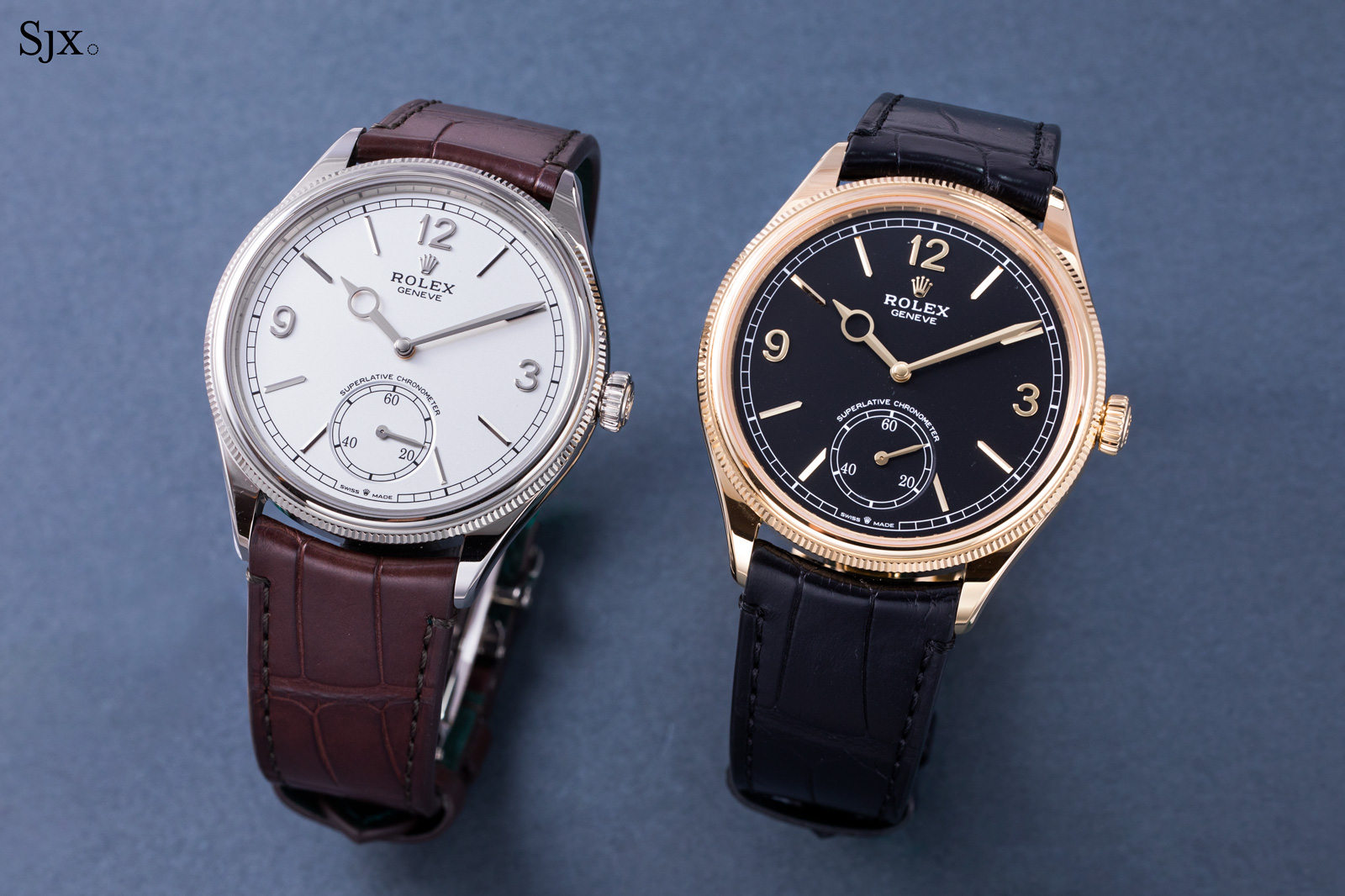
The 1908 in white gold and Everose gold
Another of the year’s unexpected highlights came also from Rolex, the Cosmograph Daytona “Le Mans” ref. 126529LN. To start with, the Daytona “Le Mans” was launched off-season, in June instead of during Watches & Wonders in March. Rolex historically never debuted watches outside of the annual trade fair, though it has been doing so more often, with last year seeing the launch of the Deepsea Challenge in November.
As for the watch, it was surprising in two aspects. One is aesthetics: the chronograph registers are inspired by the vintage Daytona “Paul Newman”. Rolex hardly ever makes such overt references to historical models.
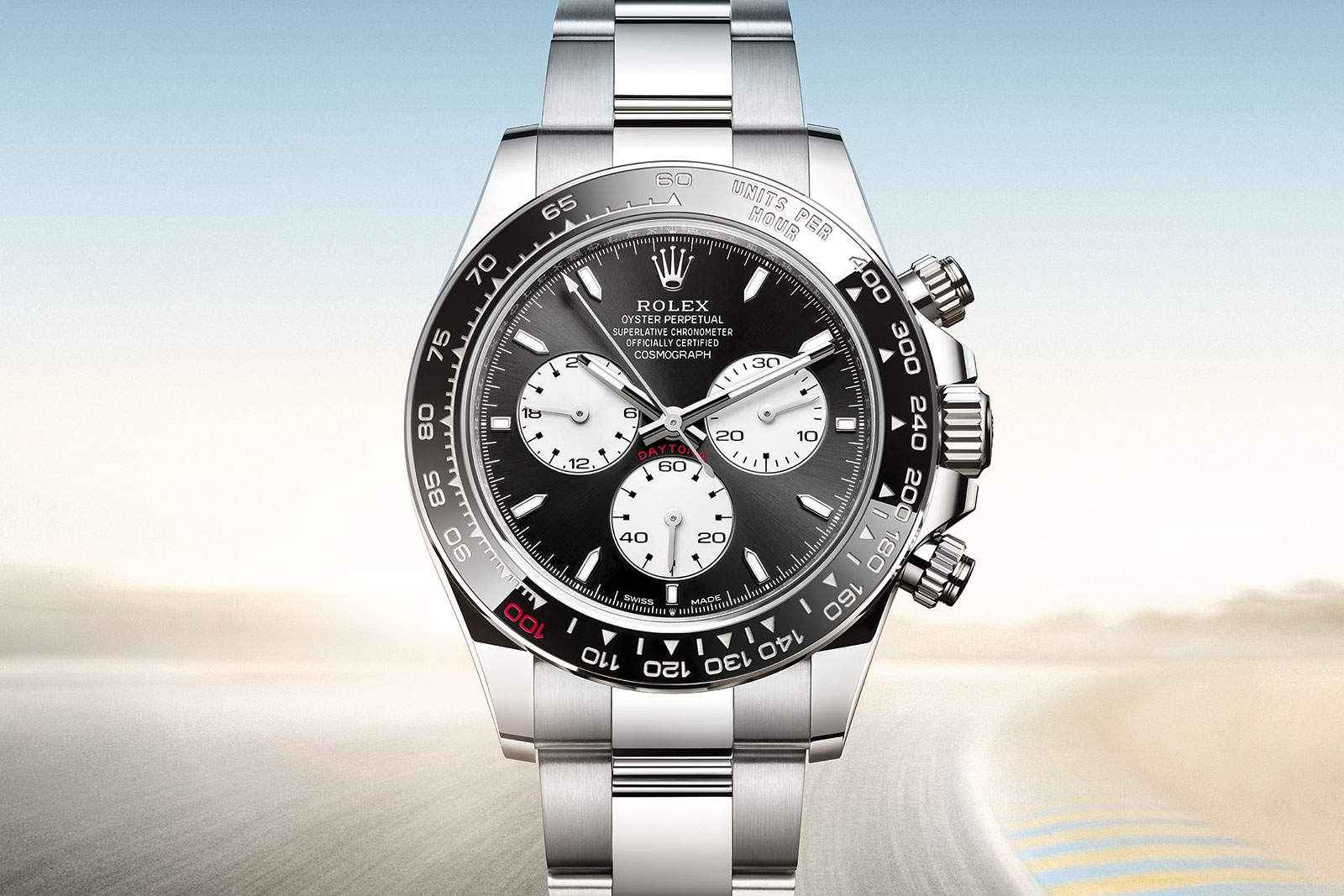
The Daytona “Le Mans”. Image – Rolex
The other, arguably more significant, is the movement. Inside is the cal. 4132, an evolution of the cal. 4131 found in the standard, and now second-generation, Daytona.
The technical changes are modest but smartly done – seven additional components, primarily reducing gears, that half the rate of rotation of the hour counter but preserve the same movement thickness. So the hour counter completes one revolution every 24 hours – a nod to the 24 hours of Le Mans – while the standard Daytona has a 12-hour counter.
Though a minor tweak, it’s a substantial change for an evolutionary new model. Most other brands would simply dress up a watch in racing livery and call it a day.
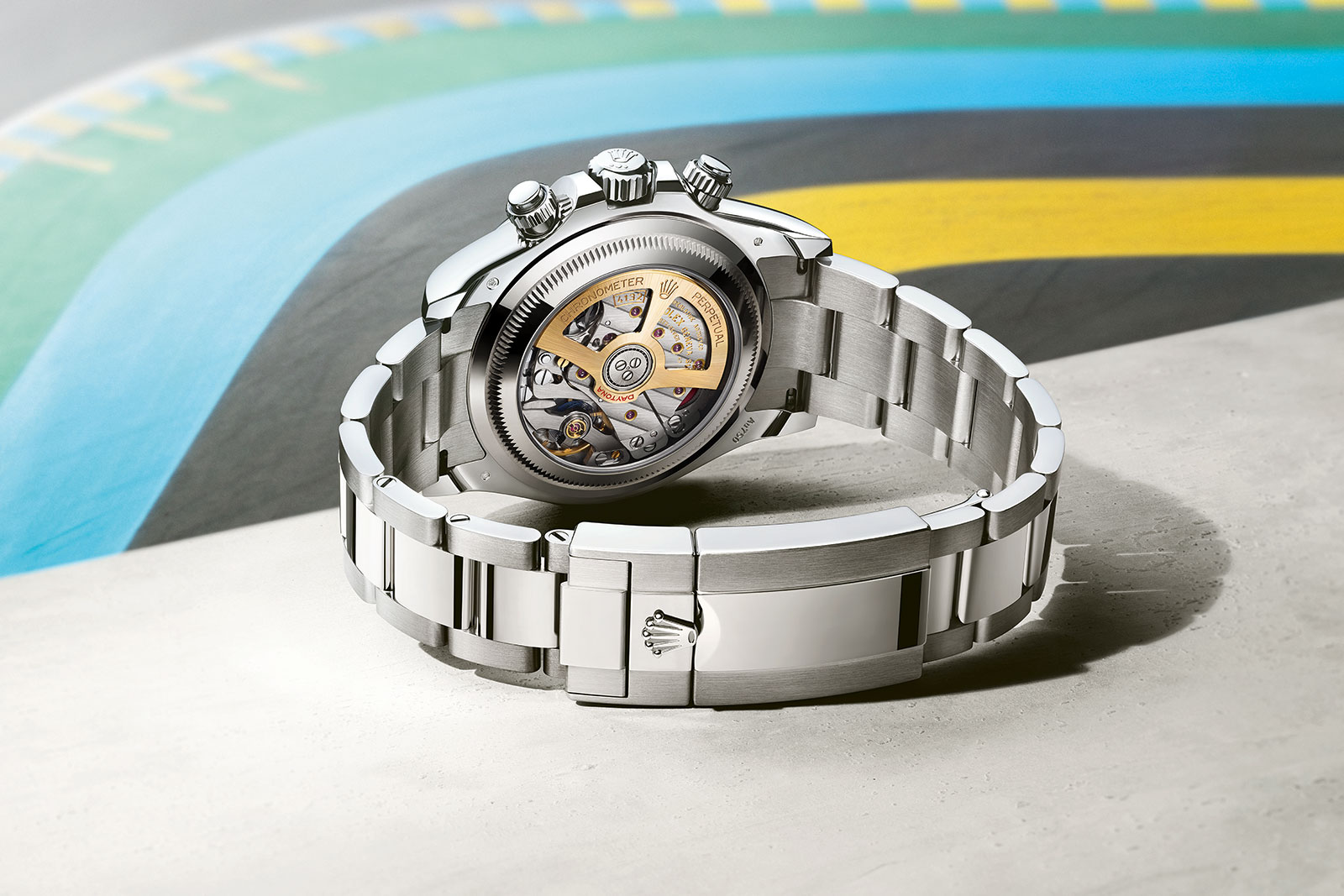
The “Le Mans” joins the Daytona in platinum as one of the few models with a display back. Image – Rolex
Beyond watches, a few surprise developments unfolded in the industry. One is F.P. Journe Le Restaurant, the watchmaker’s first branded restaurant. Located in downtown Geneva and helmed by a chef who once held a Michelin star, it was an unexpected move for the wider public.
Those who know François-Paul Journe, however, would have understood the rationale. Besides having owned other restaurants before, Mr Journe loves an evening with friends, food, and wine, something he used to host at an old-school Geneva restaurant; now he can do it under his own roof.
With the wider luxury goods industry moving into hospitality in an obvious way, from AP Houses to Louis Vuitton’s upcoming hotel, the restaurant also fits into a broader trend in the business.
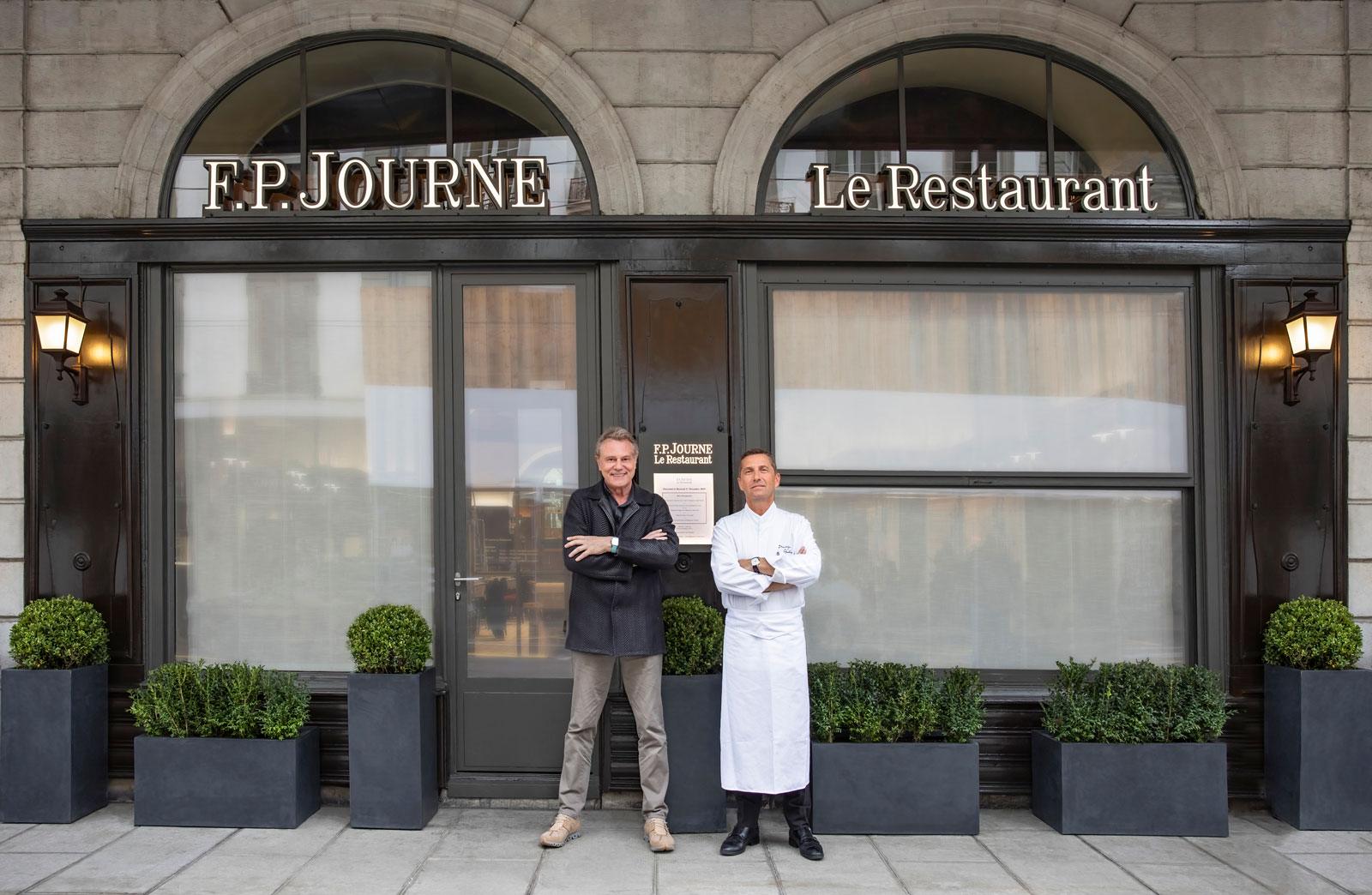
Francois-Paul Journe with chef Dominique Gauthier. Image – F.P. Journe
The other expected news was Breitling’s acquisition of Universal Genève for CHF60 million, but paid over five years. Because Universal has been dormant for so long, the brand wasn’t on anyone’s mind, making the sale a surprise.
However, like the F.P. Journe restaurant, the acquisition of Universal makes sense considering the background. Breitling is now on its second private-equity owner, having passed from CVC to Partners Group. This might have changed the timeline, but still means an exit from the investment is necessary.
Given Breitling’s position as a sports watch specialist, none of the major watch groups are an obvious buyer, since the brand would be in direct competition with their current holdings, Omega at Swatch, IWC at Richemont and so on. But going public as a standalone brand is more challenging than doing so as a group of brands, making Universal merely the first step in Breitling chief executive Georges Kern’s longtime ambition.

The Breitling B01, coming soon to Universal Genève
But much more significant than Universal changing hands was the Rolex acquisition of Bucherer, Europe’s largest watch retailer. Although expected in the long-term, the announcement was a surprise, coming at the close of business on the last Friday of August, during the summer vacation period.
It was long known that Bucherer, a retail giant with almost CHF2 billion in annual sales with Rolex accounting for about half of that, would go to a charitable foundation after the death of Jörg Bucherer, the last family member to run the business. The expectation was the foundation would be somehow related to his hometown of Lucerne, but as it turns out, Bucherer’s ultimate owner is now the Hans Wilsdorf Foundation in Geneva.
Given the economic and historical ties between the two – the Rolex announcement of the acquisition noted “[Jörg Bucherer] is the last person still in activity to have known and worked with Hans Wilsdorf” – the takeover made sense. The implications for the wider industry will not be felt for a long time, given Rolex’s measured and prudent pace of business. At the time of the takeover, Rolex made it known that it would be business as usual at Bucherer.
Shortly after the acquisition, Jörg Bucherer passed away at the age of 87.
Back to top.

